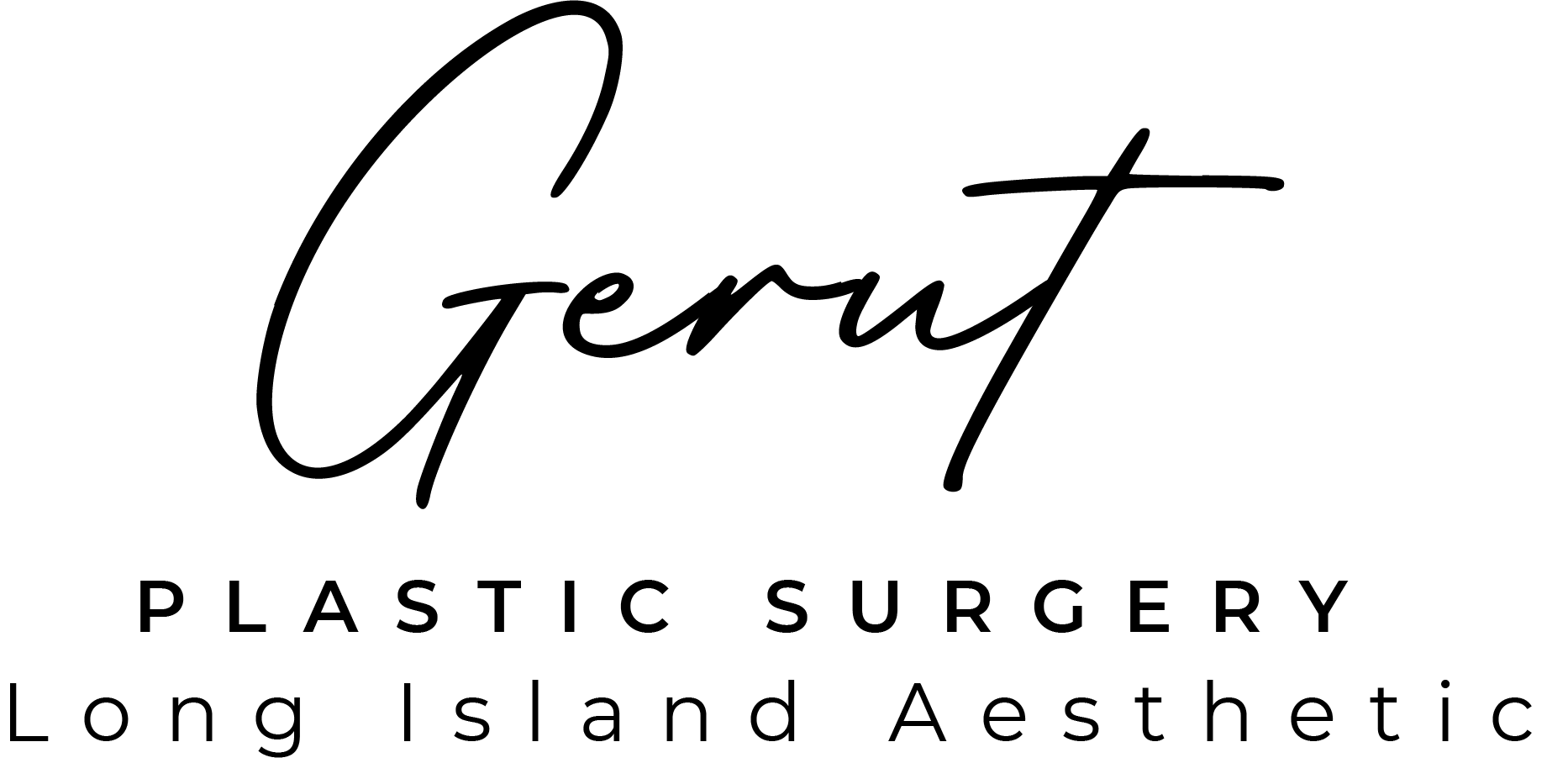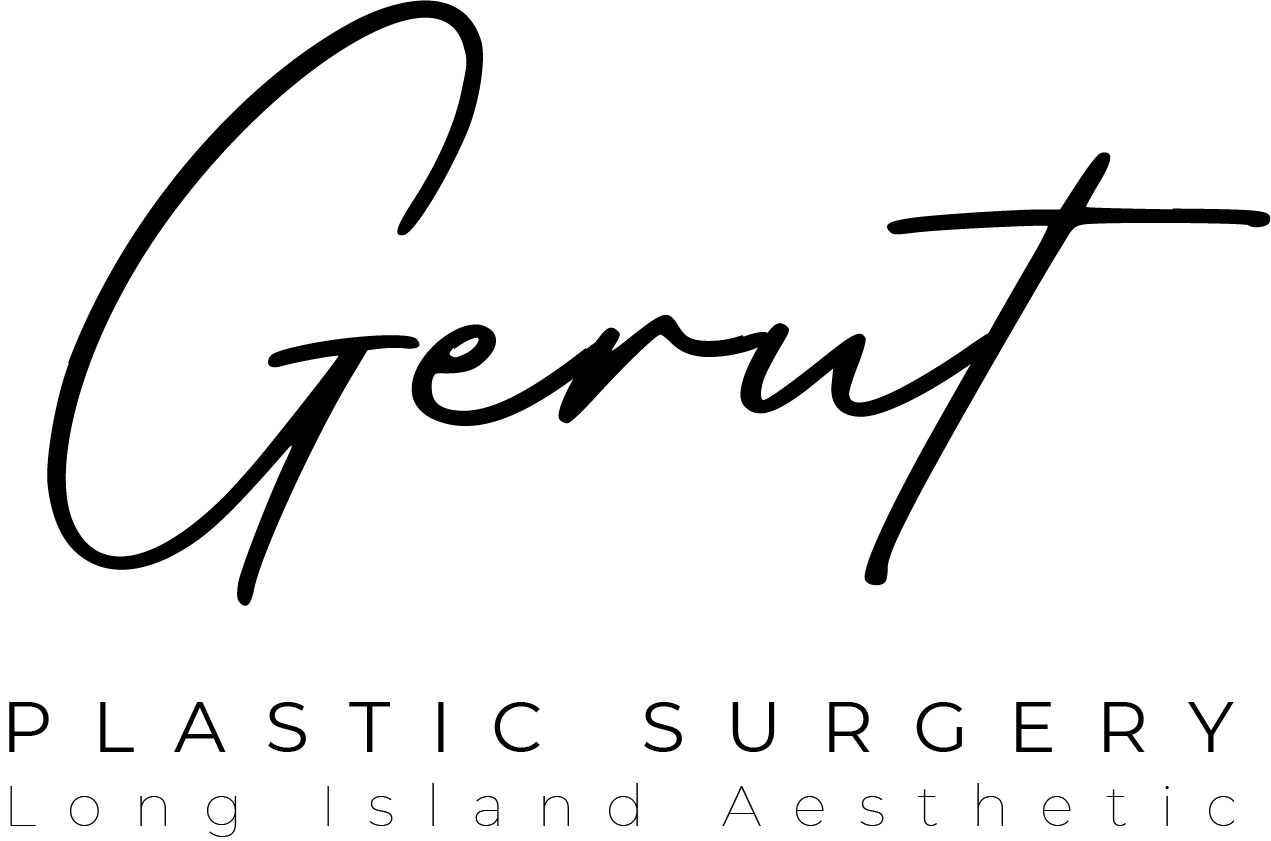Over the past few years, fat grafting (using the patient’s own fat, called autologous fat grafting or fat transfer) instead of dermal fillers such as Juvéderm®, Restylane® and others, has gained in popularity. Here at my plastic surgery practice in Hewlett, Long Island, near New York City, I want my patients to understand the pros and cons of fat transfer as it compares to dermal fillers.
The Advantages of Fat Transfer
Fat can be used anywhere a dermal filler can be used. It’s an excellent filler for deep acne scars, for wrinkles and other “pits” in the skin’s surface. It can be used in place of fillers in the lips, nasolabial folds, marionette lines and the back of the hands. It can be injected into the breasts and buttocks, where fillers are not used.
Autologous fat (fat from one’s own body) is known to be the softest and most tolerated injectable material available to fill wrinkles. After all, it’s “you.” At the same time, FDA approved fillers are tolerated by the vast majority of our Hewlett, Long Island plastic surgery patients, and the old worries about allergic reactions are, by and large, a thing of the past.
How Fat Grafting is Performed</strong
Because the patient’s own fat is used in fat transfer procedures, fat must be harvested via liposuction. Because long-term survival of the grafted fat depends on the ability for the fat to “revascularize” or to nourish its blood cells, it’s customary to harvest more fat than might be needed. For example, if 3cc of Juvéderm® is adequate to plump a patient’s nasolabial folds (those folds between the nose and the mouth), more than 3cc of fat must be harvested to compensate for the loss of fat cells during harvesting and the low survival rate of fat after it’s transplanted. Therefore, it’s customary that fat grafting takes place during a liposuction procedure, rather than as a stand-alone. Otherwise, the cost of the operating room, anesthesiologist and other associated expenses would far outweigh the cost of a dermal filler.
Fat Vs Filler:
-
- Fat Grafting is Less Comfortable and More Time-Intensive than Dermal Fillers.
We do not perform liposuction in our Hewlett plastic surgery office under local anesthesia. Most patients would object to any amount of liposuction under local anesthesia and more fat is needed for fat transfer than can be safely done under local anesthesia.
-
-
- Fat Grafting is More Expensive than Dermal Fillers
-
Following #1 above, because harvesting an adequate amount of fat requires general anesthesia or local anesthesia with sedation and OR fees, fat grafting is several times more expensive than correcting my patients’ facial aging with dermal fillers.
-
-
- Fat is Not as Predictable as Fillers. We know how long injections of Juvéderm® will adequately treat certain types of facial aging. We don’t know that about fat, because an unknown amount of fat will inevitably be reabsorbed in a relatively short time, i.e., within a month or so. At times, without an adequate blood supply, fat can harden and form clumps. If fillers form lumps they can be dissolved with an enzyme.
- Fat Grafting Assumes Excess Fat is Available. Not every patient has extra fat to use in a fat grafting procedure, while dermal fillers are compatible for nearly everyone, regardless of their body weight.
-
The Bottom Line
Although grafted fat can result in permanent* correction, most of our NYC Juvéderm® patients don’t think it’s worth the risk when one considers the high reliability factors of FDA-approved dermal fillers: Juvéderm® and Restylane® can last up to 12 months and Voluma® for 2 years or longer. When technology offers more certainty with fat transfer, I may reconsider it as a viable alternative to dermal fillers. For now, however, I want my patients to have a more reliable outcome, both in terms of appearance and affordability.
To Your Health & Beauty,
Zachary Gerut, MD, FACS
Long Island New York Board Certified Plastic Surgeon
*Permanent is loosely used here since, regardless of the use of fat versus filler, ones face will continue to age, requiring future injections of fat or filler to maintain the most youthful appearance possible.


